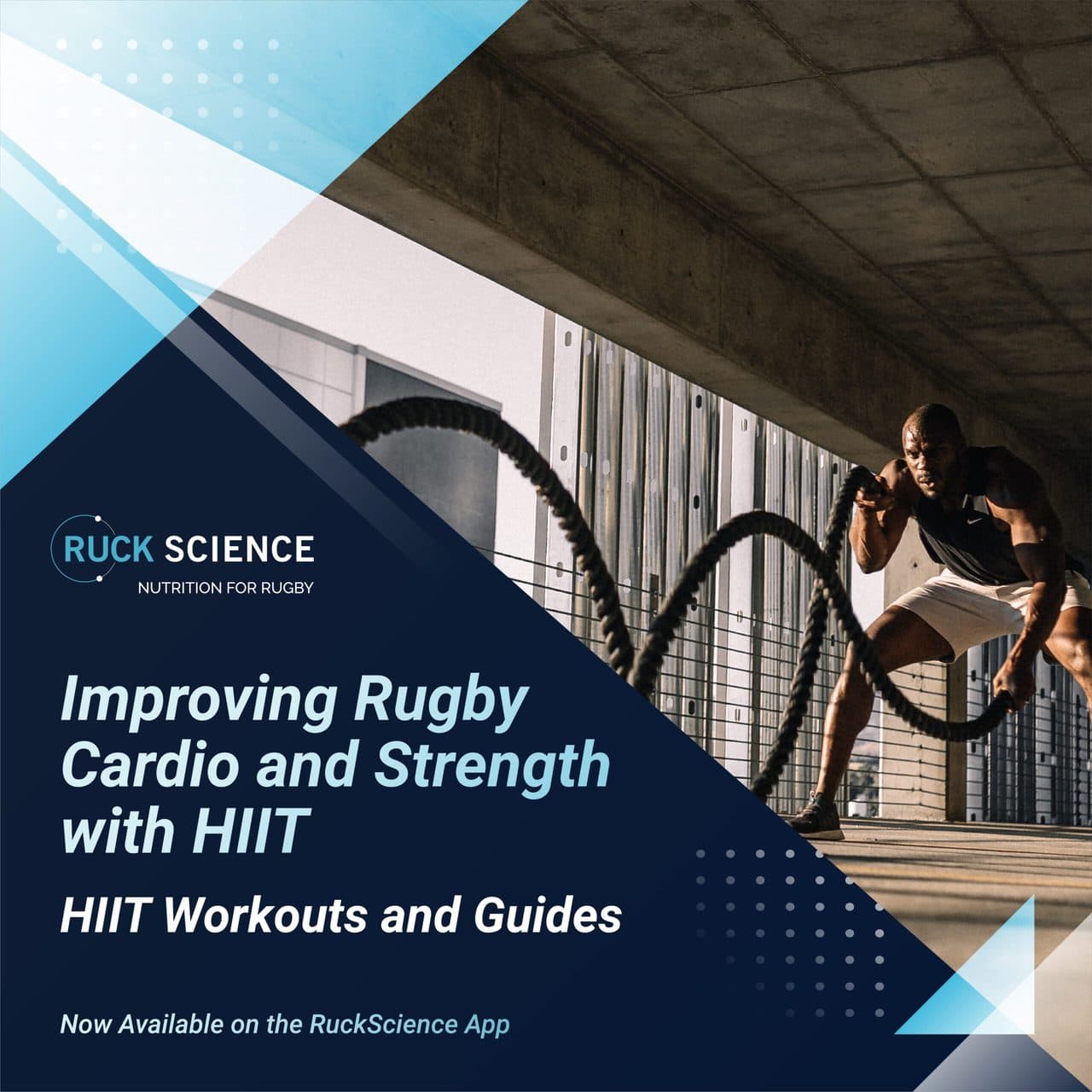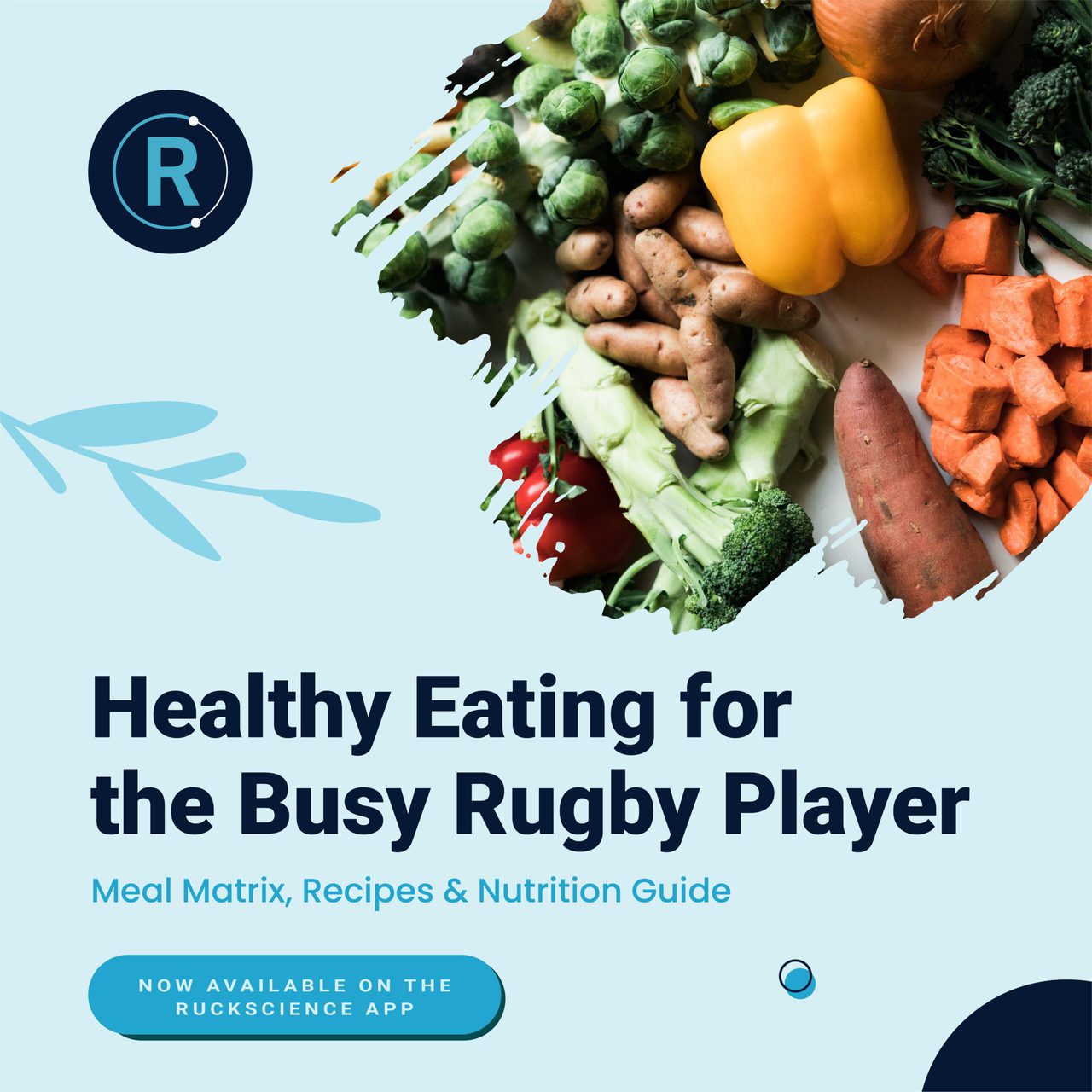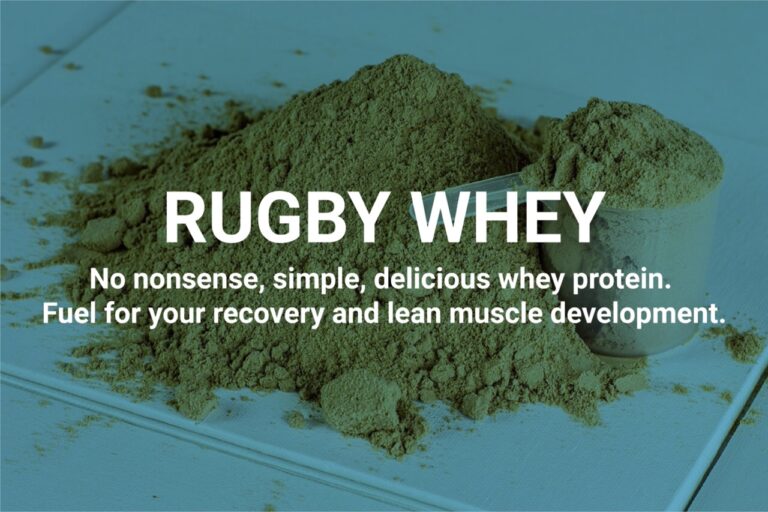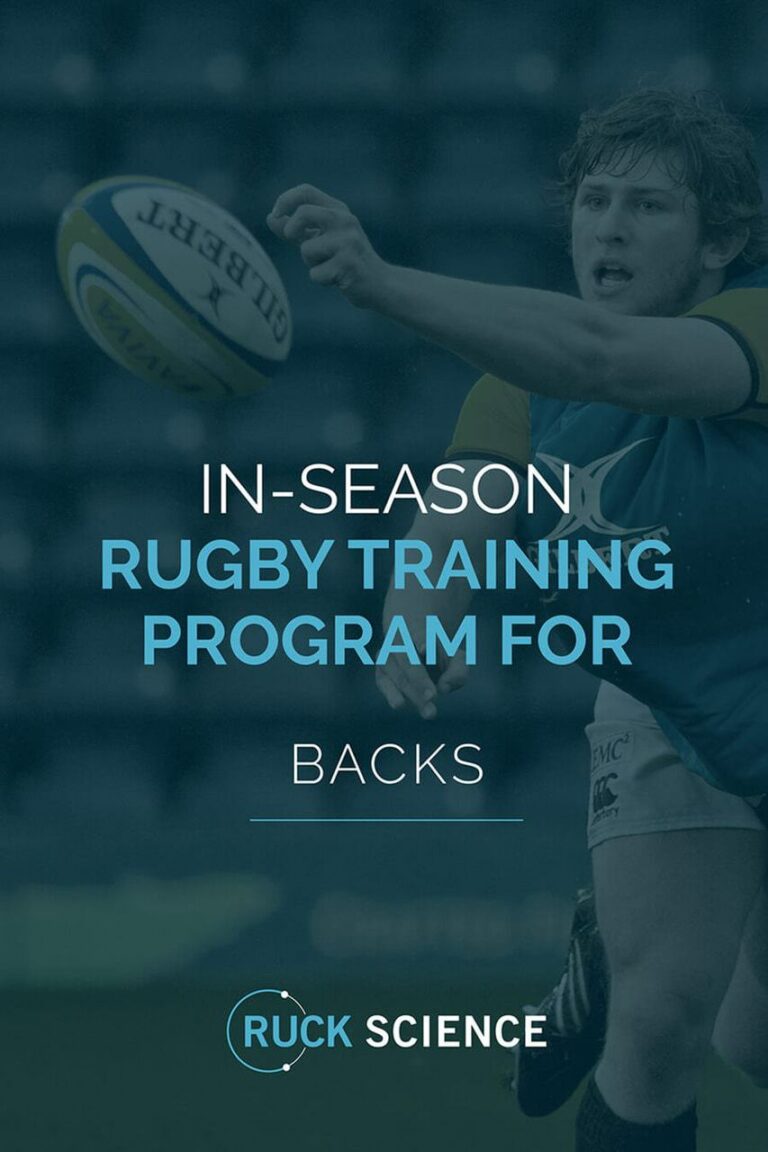
What does a coach do after their team has underperformed in a game?
As a player, the perception of a tough loss might be different to what the coach sees. So, when you turn up to training and all your coach wants to do is load the team up with boring old fitness drills, morale can take a hit.
Players generally loathe the hard slog of boring rugby fitness when there is no ball involved. However, if it is done at the right time, it can jolt your team back into form. Conversely, if done incorrectly, players might see the coach in an unfavorable light.
When it comes to amateur rugby, fitness in the senior grades is very important. At an amateur level not all your players are going to put in extra work outside of Tuesday and Thursday training sessions. This might be especially true when player simply turn up to training or games to get some relief from home life or work.
Sometimes our players are good enough to play at a higher level but choose to enjoy the social aspects of the club over anything else. This also include some participation simply for the fitness, or a more enjoyable alternative to running. The challenge is that so many of our players have an unlimited number of options and social commitments to keep up with. No longer does rugby take precedence when an epic ski trip has been planned at short notice or a 3-day bachelor party in Las Vegas is just around the corner.
What is the best way to incorporate rugby fitness drills into our training without “beasting” the players?
Simply put, the answer is anaerobic games.
Firstly, it is important to understand and implement traditional rugby fitness drills and build our players’ engines, but you might find some value in introducing anaerobic games to your training. Having some sort of baseline fitness will aid your anaerobic games and the intensity at which we want it to be, but anaerobic games are fun, skill oriented and get everyone working hard.
Rugby fitness drills and anaerobic rugby games
There are anaerobic fitness games that will have your players working hard without realizing it. Fitness comes in the simulation of a game situation by incorporating certain skills required within the sport.
Anaerobic games have been used for many years by one of the most successful New Zealand Rugby Unions in the world – Canterbury. If the best in the world is doing this, then it will undoubtably have some value for your team.
Let’s look at two easy games for coaches to implement immediately, which are very effective for fitness.
Offside Touch (or “Hawick Ball”)
Offside Touch is an anaerobic game with two teams of equal numbers, generally played with five or more on each team. The pitch size can vary from the full field to half of the field, or the full width/half of the width.
The team in possession of the ball can pass the ball in any direction and run with the ball in any direction.
The object of the game is to score a try by passing it to a player who is across the other team’s try line. Sometimes this game will start with the first pass being a backwards pass or a free pass.
It is a non-contact game, so the opposite team can regain possession by intercepting a pass, knocking down a pass or touching the person with the ball. Turnover can also occur if the ball is dropped by a player attempting to make a catch.
When the ball is passed across the opposite team’s line and caught successfully, this is a “try”. The team that scores keep possession and immediately attack in the other direction towards the opposite try line. Generally, this game only has a one touch rule and then a turnover.
However, depending on the teams’ abilities, the game can work with 3-5 touches being made by the opposite team before a turnover. The extra touches can keep the game flowing if your teams’ skills/fitness are not very good. If there is a touch made, that person must pass the ball immediately and cannot run any further with the ball.
The key coaching point is to get your players to move into space and work hard off the ball. If you find that a player is not getting involved, you can add in a small rule to say that certain player(s) must touch the ball before a try can be scored.
Drop Off Touch
Drop Off touch is a simple game of regular touch rugby but with unlimited touches, with two teams of equal numbers on any size field the coach desires – half the pitch, played across the field, is a good way to start.
When a player makes the touch, he or she then turns to run back to touch their own try line before they can return to the game. It is a great game to help players identify space, mismatches and finish off a line break. It is also great for the defensive team, as the defensive line becomes fractured as more touches are made, so the defensive players must work hard when the numbers are down and communicate well in order to cover the space whilst their players are returning to the defensive line.
The key coaching point here is to get the players working hard on defense and communicating effectively. For attacking players, it is about keeping possession, looking after the ball and identifying opportunities in an unorganized defense. The attacking team must be patient in the early phases of the game.
Try it!
Most anaerobic games require little to no kit. To make it interesting you can change the rugby ball out for a different type of ball to freshen things up and make your players work harder and improve their hand to eye coordination.
If you liked the article or the rugby anaerobic fitness games, please comment below.
What is your favorite anaerobic fitness game for Rugby?











